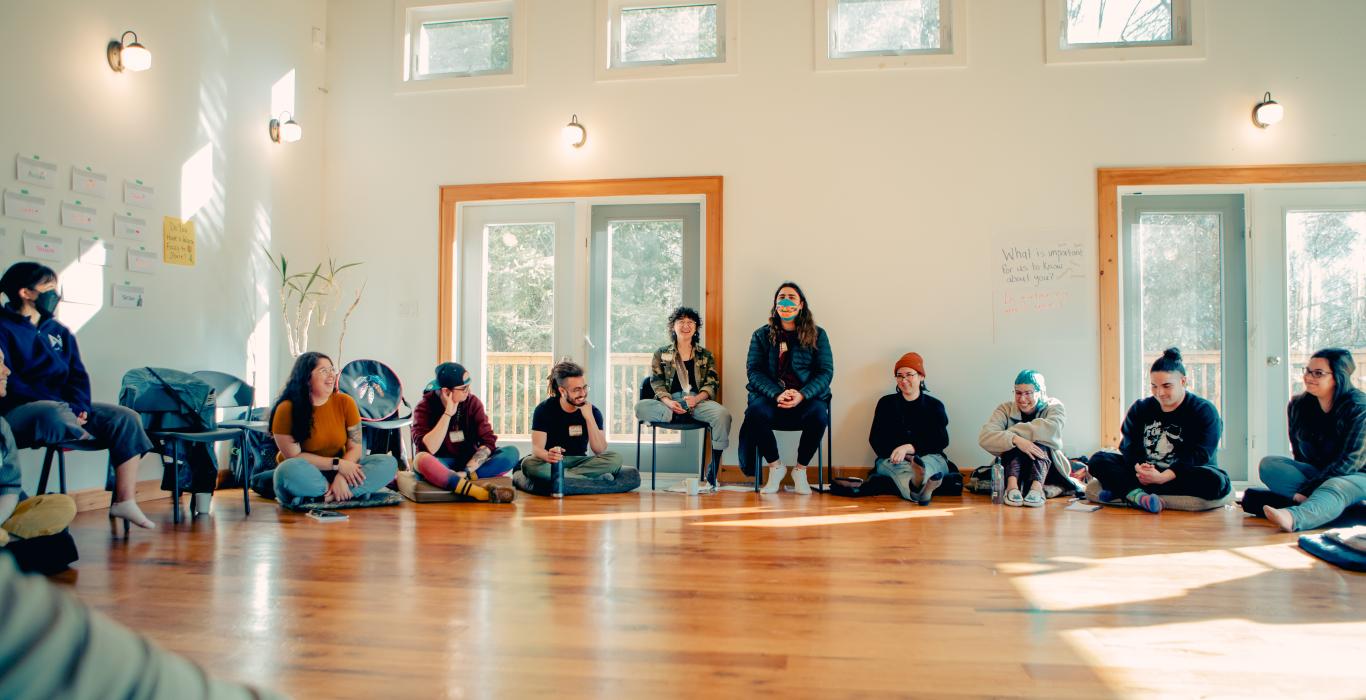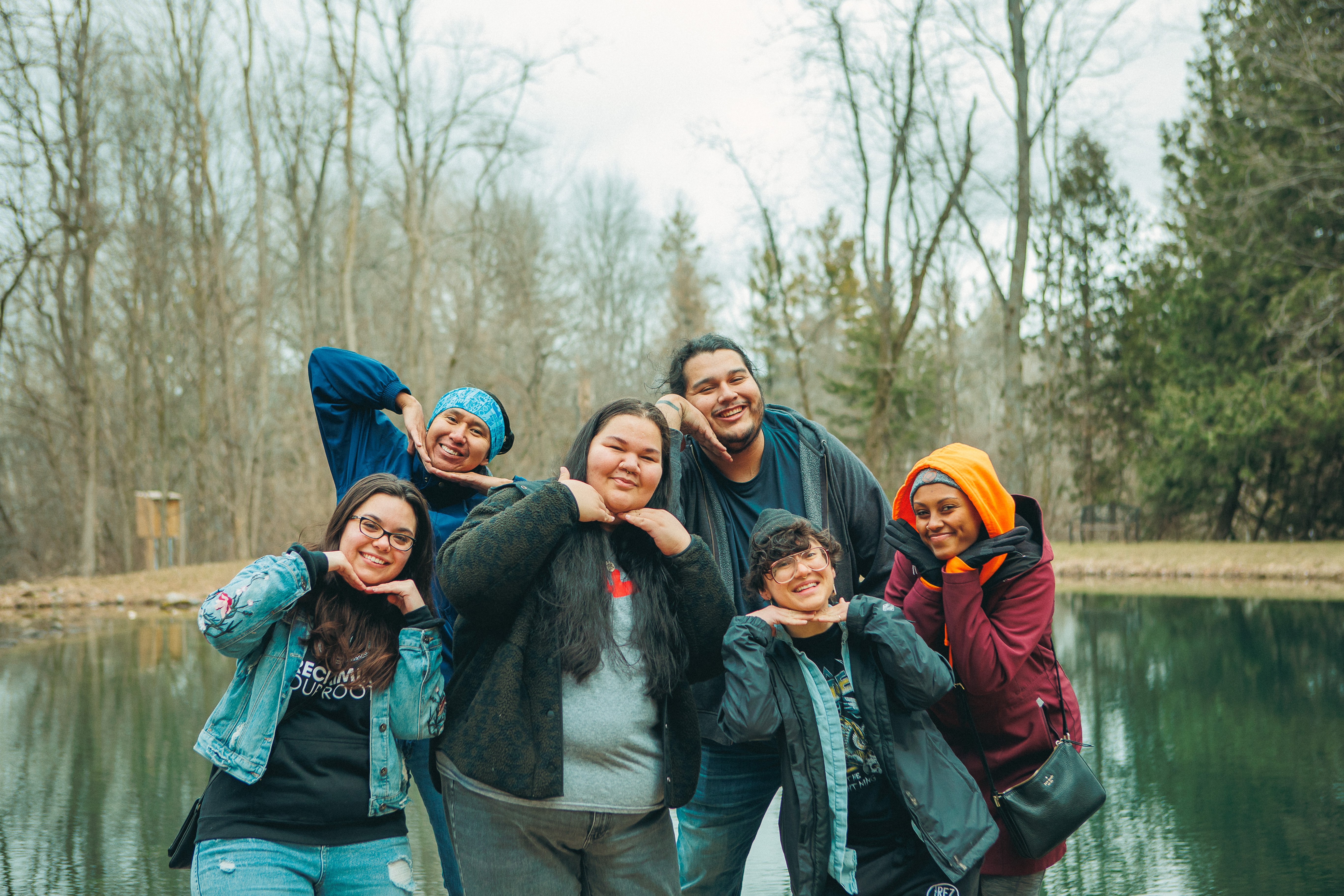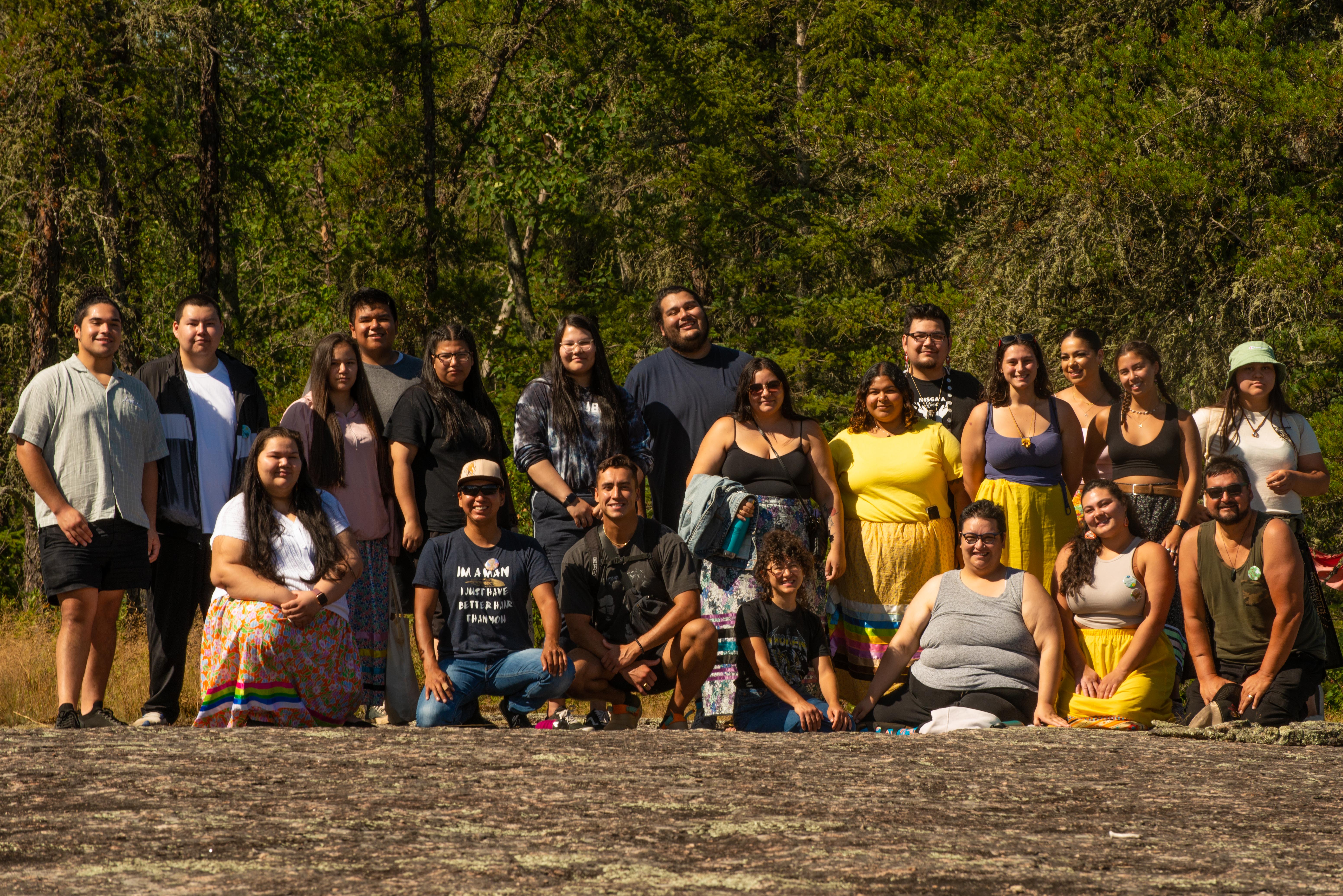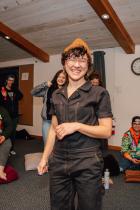Core funding impact story: 4Rs Youth Movement

The work of the 4Rs Youth Movement is about centering the needs and role Indigenous young people play in moving forward reconciliation between individuals, communities & systems in Canada.
A lack of core funding means that oftentimes our work has to be aligned, and reshaped to serve the political priorities of the day in order to secure funding and keep our organization staffed, rather than the needs of Indigenous youth and their communities. In the context of the work that we do - reconciliation - this means that we delay progress significantly on meeting the TRC Calls to Action, and ensuring justice for Indigenous peoples. While we do our best to protect ourself and the youth from this toxic dependency loop, as a leader often my energy is leaked navigating colonial systems, made-up fiscal timelines, extractive reporting processes and funding requirements. The position of Executive Director is also rarely considered an eligible expense, and so I have to work extra hard to keep myself and my organization functioning and resourced sufficiently without staff becoming burnt out and unwell.


Since the formation of 4Rs in 2015 we have been operating under one to two year funding cycles with so much uncertainty around whether or not we will be renewed for funding or find new sources - it is near impossible to plan for any kind of future. In the formative years of 4Rs, gaps in the rollout of government and foundation funding programs meant that I had to lay staff off and be the sole employee for months at a time for an organization with a national mandate. This also meant that when new funding was secured, I spent several months training new hires so that they would embody the values and culture of 4Rs only to have funding run out within a few years time, and needing to start all over with a new team. This left 4Rs, and our small team, in a constant state of anxiety and uncertainty. While I have managed to build an awesome team of brilliant young program staff over the past few years, each one is often also taking on the work of the core operations of the organization including communication, human resources, and finances and not nearly being paid enough. While I am happy to see former employees move on to careers in the public sector and within philanthropy, the irony of the situation is that even if I wanted to keep them on staff, I could never compete with the offer of a permanent position, nor the compensation packages that these non-Indigenous employers pay. Funding models that do not take into consideration the maintenance of the key infrastructure of an organization - including both program and operations - prevents Indigenous-led organizations like 4Rs from retaining employees and building towards the future of an Indigenous-led charitable and non-profit sector.
First and foremost we would be able to put time into shifting our work towards building more structures of care and approaching reconciliation through a lens of healing justice and building reciprocal relationships with other movements centered around racial justice and reparations for Black and Indigenous peoples globally. One dream that we've had for many years is to travel internationally to learn from Indigenous youth in other parts of the world (Africa, Aotearoa, South America for example) who are implementing Indigenous rights frameworks, and working in their own ways on reconciliation within their communities and nations.

4Rs Youth Movement (Baawaating, also known as Sault Ste. Marie, ON)